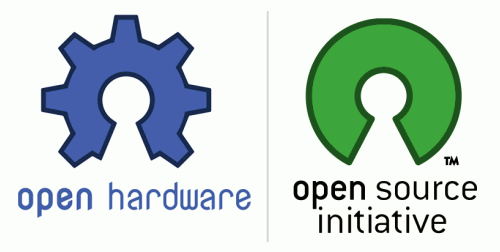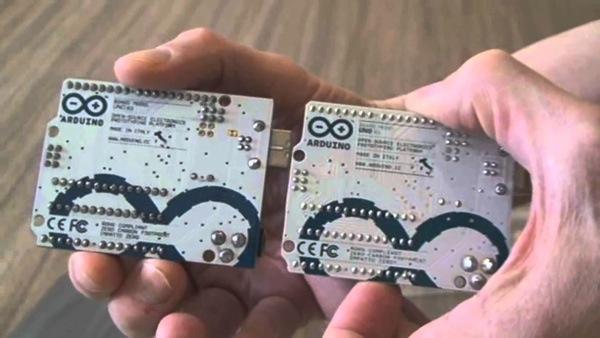- Blog
- Open Source Hardware
Open Source Hardware

In the realm of open source hardware, someone designs an awesome device and publishes all its design files to the public free of charge and without any limitations. That includes the schematics, the manufacturing files, the software source code and the documentation. This seems to be counter intuitive as anyone could take the design and push it to production without spending valuable development time and money. This would take the original designer out of the market since the clones would be cheaper to the end user, right ?
Wrong!
Take the arduino as an example. The arduino is an open source multipurpose platform that was designed in 2005 by an italian startup. It has been so successful that the company has sold 300 000 boards worldwide by 2011.
The success of the arduino has triggered the appearance of hundreds of clones all over the globe. Some are just low quality counterfeits and some are really good boards with some added features and refinements.

Opening up the design source files has been very beneficial to the arduino team. They gained their customers loyalty especially in the maker community as makers really care about the inner working of the product and should always have the option to hack it to their need. They gained also the power force of the community as they had a lot of feedback, great ideas and improvement for their next design and production iteration. And as far as the clones are concerned, they have only improved its popularity. The clones have extended the customer options, have participated in writing library code and documentation and have been a great marketing tool for the original arduino.
Long Live Open Source!
